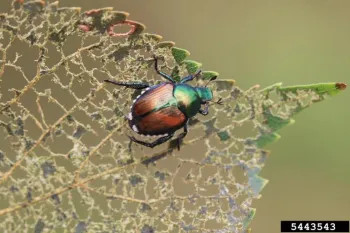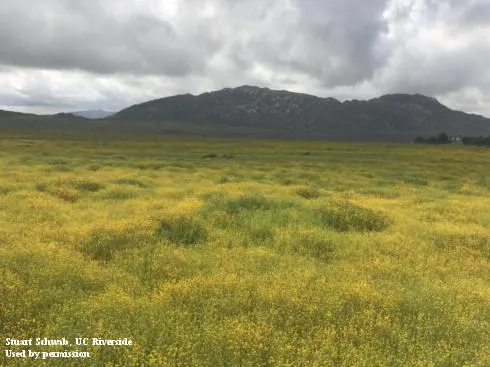This week, we shared information about important invasive species, what to do if you find them, and how you can help prevent their spread. To wrap up California Invasive Species Action Week, we’d like to highlight a few key takeaways:
Don’t pack or plant a pest
Whether you’re traveling or gardening, small choices can make a big difference in preventing the introduction of invasive species. Avoid accidentally transporting pests on fruits, vegetables, plants, seeds, or wood by following quarantine regulations. When planting, choose native or non-invasive species. Many harmful plants were originally introduced for landscaping and may still be sold in nurseries. Help stop the spread before it starts!
Be on the lookout
With the help of the community watching for and reporting suspicious pests, rapid response to new invasive species infestations is possible. Keep your eyes peeled for invasive species like the Japanese beetle, the emerald ash borer, and the spotted lanternfly, and report them if found. Contact your local county agricultural commissioner or submit a report through the California Department of Food and Agriculture’s online reporting system or Pest Hotline at 1-800-491-1899.

Recreate responsibly
The choices you make during your summer boating adventure or camping trip can make a big impact in preventing the movement of invasive pests to new areas. Invasive species can be spread unintentionally on watercraft, muddy boots, clothing, pets, and gear. Always clean, drain, and dry your boating and fishing equipment between trips, stay on designated roads and trails, and buy firewood where you plan to use it. Help keep invasive plants from spreading by removing seeds from your clothes and equipment after hiking. Taking these steps will help protect the outdoor spaces you love for future generations to enjoy.

Keep learning
Invasive pest prevention is a year-round effort. Use these resources to stay informed about invasive species in California and what you can do to help:
- Read the special edition of UC IPM’s Home and Garden Pest Newsletter focused on invasive species.
- Read the UC IPM Invasive & Exotic Pests pages to learn more about specific pests.
- Visit the California Department of Food and Agriculture’s Plant Health and Pest Prevention website for more information about invasive species impacting our state and what is being done to manage them.
- Check the California Invasive Plant Council’s website for information about invasive plant species and management efforts in California.
- Visit the California Department of Fish and Wildlife’s Invasive Species Program website to learn about invasive pests impacting our state’s wildlands and waterways.
Learn more about actions you can take this summer and beyond to help prevent the spread of invasive species:
- If you’re traveling, visit dontpackapest.com.
- Before heading out for a hike, visit playcleango.org.
- Before your camping trip, visit firewood.ca.gov and dontmovefirewood.org.
- Before boating or taking part in other water recreation activities, visit the California State Parks Division of Boating and Waterways’ Clean, Drain, Dry webpage.

